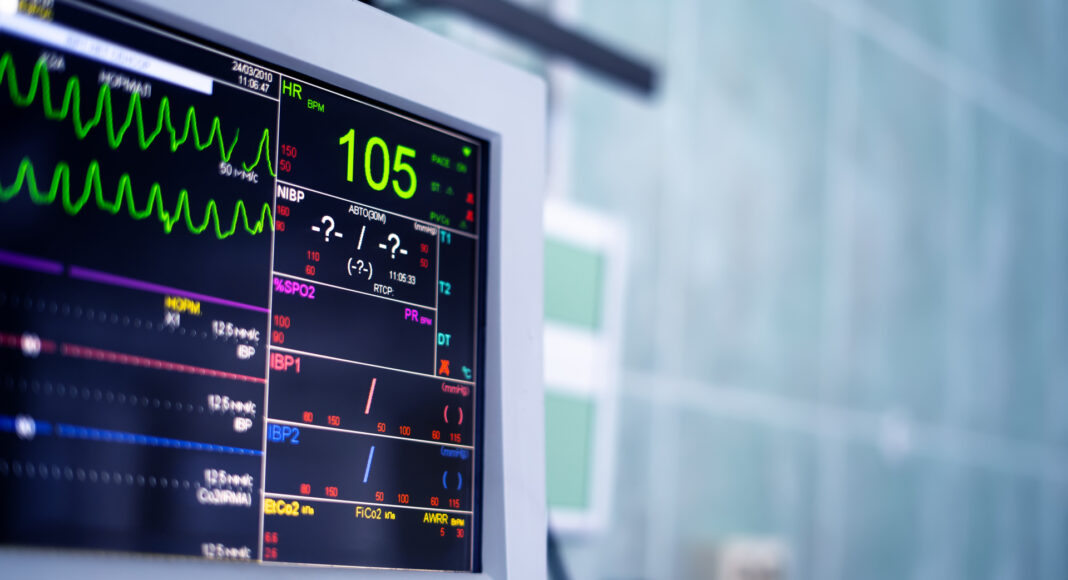Nokia Bell Labs, the research and development (R&D) arm of Finish vendor Nokia, is working with the Fraunhofer Heinrich Hertz Institute (HHI), the Fraunhofer Society’s electrical engineering group, and Charité, Europe’s largest university hospital, in Germany to look at how sub-terahertz (sub-THz) wireless technologies might be applied to non-invasive medical monitoring solutions. They will consider how sub-THz IoT sensing could be used to make high-resolution spatial scans to monitor patients en masse, remotely, without the need to hook them up to standard medical devices.
Sub-THz frequencies, between 90 GHz and 300 GHz, could be used like higher-accuracy radar (“due to tiny wavelengths and high bandwidth”) to determine the distance (ranging), direction (azimuth and elevation angles), and radial velocity of objects. The trio suggested such sensing networks would be able to continuously detect patients’ vital signs as they move through hospitals, including their heartbeats and ‘regulatory rates’.
The whole project falls under the auspices of Nokia’s various 6G research. Nokia explained: “In a hospital room for instance, the sensing network would be able to detect and distinguish the individual heartbeats and respiration rates of every patient in the room without the aid of intrusive sensors like electrocardiogram electrodes or fingertip pulse oximeters. Using beamforming technologies, the sensor network would theoretically follow individual patients, ensuring they were continuously monitored when using restroom facilities or moving about the hospital.
“[It] would require no physical contact with the human body, which would prevent false alarms from wearable monitors being accidentally removed. They would provide patients with much greater freedom of movement and allow hospitals to extend continuous heart and respiratory monitoring to a much larger proportion of their patient populations. The technology could also lead to new in-home healthcare applications. For instance, smart home systems could track patients’ vital signs, alerting physicians to any changes
Both Fraunhofer HHI and Charité (Charité – Universitätsmedizin Berlin) are based in Berlin. The former engages in applied research in the fields of physics, electrical engineering, and computer sciences. It will lend its expertise in sensor technologies, said Nokia. The latter is affiliated with Humboldt University and the Free University of Berlin. It will validate and evaluate the sensing technology. Nokia Bell Labs will handle the radio-design, and also bring its own sensing knowhow. Their work could “open the door to a new generation of non-invasive medical monitoring”, it said.
A key component of 6G networks is joint communications and sensing (JCAS), which will allow networks to sense their surroundings. Peter Vetter, president of core research at Nokia Bell Labs, commented: “It’s a good day when we can find new applications for our research beyond the communications industry. Wireless sensing is a fundamental component of our long-term 6G vision, but if we can apply these same concepts to creating better healthcare solutions, then we’ve produced even more benefit for society.”
Professor Sascha Treskatsch, head of the department of anesthesiology and intensive care medicine at Campus Benjamin Franklin, Charité – Universitätsmedizin Berlin, said: “We need to have more-flexible and less-invasive monitoring solutions, which can easily be integrated in daily life and incorporated into hospitals’ information systems.”
Professor Slawomir Stanczak, head of the wireless communications department at Fraunhofer HHI and head of the network information theory group at Technische Universität Berlin, said: “Sub-THz technology has enormous potential to revolutionize medicine. With its high bandwidths for communication and sensing, it enables real-time monitoring of bodily functions and more precise tracking of treatment progress. This technology can fundamentally change the way we detect disease and treat patients.”

